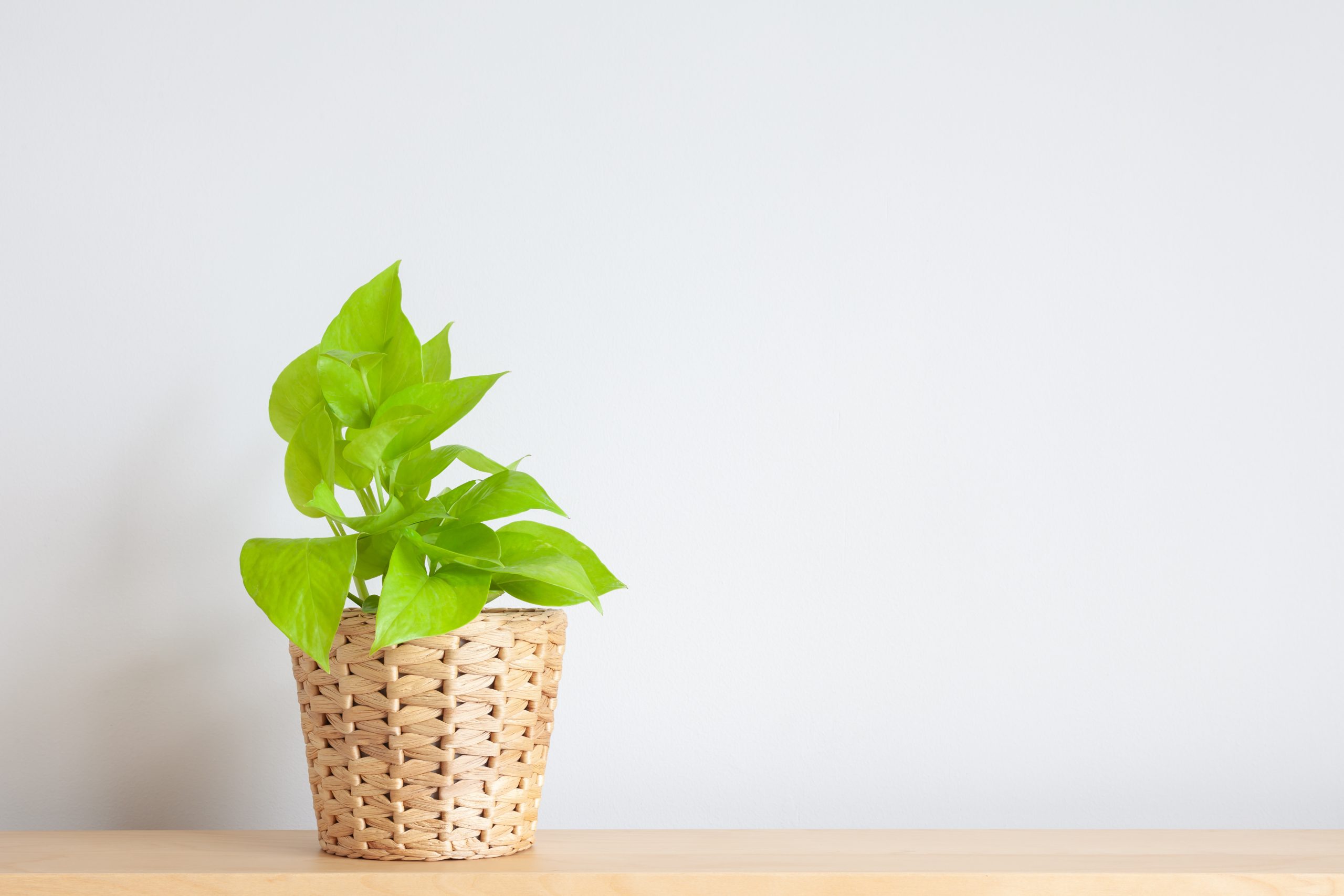We’ve written a good deal about “what makes people the happiest” at The Optimist Daily. We’ve enjoyed examining the lifestyle aspects of the Blue Zone countries or the joyous aspects of Finnish culture. While looking into Scandinavia, though, it’s important to check out their notion of skrammellegepladser which translates to “junk playgrounds.”
The “junk playground” is a concept of urban design developed by Danish architect Carl Theodor Sørensen who wanted to afford children in the city the same opportunity to play in nature as children in the countryside. It was inspired by children in post-war Scandinavia who turned construction sites into playgrounds. It grew into public areas that introduced mud, trees, and natural scenery in the middle of urban areas for children to play in and even get their clothes dirty.
The concept grew and evolved in different parts of the world. In nearby Stockholm, Sweden the term “valley parks” came about as the idea of turning public places such as museums and plazas into interactive works of art, where children and adults were encouraged to play on architecture.
Adult playgrounds
“[Play] is something that everyone has a right to – it is like a basic service of urban life,” said Hanna Harris, chief design officer of the City of Helsinki, Finland.
These sorts of double-functioning playgrounds for all ages are also seen as areas where different economic and age groups can come together and interact, breaking down perceived social classes and contributing to a sense of convivial community.
At the Amos Rex Art Museum in Helsinki, visitors are encouraged to climb on, slide down, or peer into the museum through windows of the undulating, dune-like structures seen above.
This concept has taken root in other countries like Great Britain, where architect Jake Brender, who was influenced by the Scandinavian way of things, said, “It could be subtle, like a bench that you can climb on so it becomes a stage, or trees that are climbable.”
This integrative architecture brings tangible joy to public areas that might otherwise be designed solely for function or aesthetic appeal. So, when tallying the reasons why Scandinavian countries rank so high in terms of happiness, remember that a big factor could be that both children and adults get to play on the furniture.












